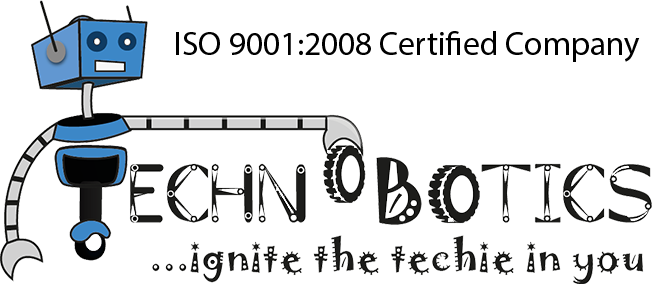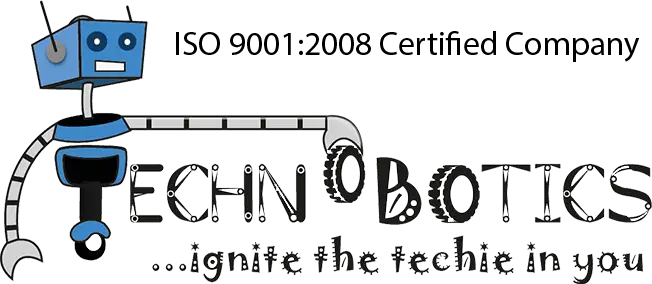Are you fascinated by robots and eager to delve into the world of robotics programming? Getting on this journey can be exciting and rewarding, but starting with the proper foundation is essential. Whether you’re a complete beginner or someone with some programming experience, this guide will help you take the first steps towards mastering robotics programming.
Tips To Start With Robotics 
Understanding the Basics
Before diving into robotics programming, it’s crucial to grasp the fundamentals. Robotics combines elements of mechanical engineering, electrical engineering, and computer science. At its core, robotics programming involves writing code to control robots’ behaviour, enabling them to perform various tasks autonomously or under human supervision.
Start with Programming Fundamentals:
If you’re new to programming then start with python or C++. These languages are widely used in robotics programming and provide a solid foundation for further learning. Plenty of online resources, tutorials, and interactive platforms are available to help you get started.
Explore Robotics Concepts
Once you’re comfortable with the basics of programming, start exploring robotics concepts. Understand how sensors, actuators, and microcontrollers interact to control the movement and behaviour of robots.Learn more about kinematics, dynamics, and control theory to have a better grasp of how robots work.
Enrol in Robotics Courses:
Consider enrolling in robotics programming classes if you want to speed your learning process. Look for robotics courses for beginners that cover topics such as robot design, motion planning, sensor integration, and programming frameworks like ROS (Robot Operating System).
Try The Robotics Engineering Courses:
If you’re interested in pursuing a more in-depth study of robotics, consider enrolling in robotics engineering courses. These robotics engineering courses typically cover various topics, including mechanical design, electronics, and software development. Universities and technical institutes often offer degree programs or certificate robotics engineering courses.
Dive into DIY Projects:
One of the best ways to learn robotics programming in robotics courses for beginners is by diving into do-it-yourself (DIY) projects. Start with simple projects like building a line-following robot or a robotic arm controlled by servo motors. As you gain confidence, challenge yourself with more complex projects that involve autonomous navigation, object detection, or human-robot interaction.
Continuous Learning:
Robotics is a rapidly evolving field, so welcoming continuous learning is essential. Stay updated with the latest developments, technologies, and research in robotics by reading books, research papers, and online forums. Participate in robotics competitions or hackathons to put your skills to the test and learn from others in the community.
List Of Robotics Programming That Beginners Must Learn 
- Python
Python is an excellent language for beginners due to its simplicity and readability. It’s widely used in robotics for its extensive libraries and frameworks, making it ideal for data analysis, machine learning, and algorithm development tasks. Learning Python will equip you with the skills to work with popular robotics frameworks like ROS (Robot Operating System).
- C++
While Python is great for rapid prototyping and high-level tasks, C++ is essential for low-level programming in robotics. Many robotics platforms and microcontrollers use C++ for firmware development, device drivers, and performance-critical code. Understanding C++ will enable you to optimise code for efficiency and interact directly with hardware components.
- ROS (Robot Operating System):
ROS is a flexible and robust framework for building robotic systems. It provides tools, libraries, and conventions for developing complex robot behaviours. Learning ROS will allow you to integrate sensors, control actuators, and coordinate multiple modules within a robotic system. It’s widely adopted in academia and industry, making it a valuable skill for aspiring roboticists.
- Arduino:
Arduino is a popular open-source hardware and software platform for building electronics projects, including robotics. It’s beginner-friendly, with a simple programming language similar to C/C++. Learning Arduino will help you understand the fundamentals of embedded systems and microcontroller programming, which is essential for creating custom robot hardware and prototypes.
Final Words
Setting on the journey of learning robotics programming can be a fulfilling endeavour. By starting with the basics, Technobotics helps you get a chance to explore concepts, enroll in courses, seek hands-on experience, and embrace continuous learning. You’ll be well on your way to mastering robotics programming. Remember to stay curious, persistent, and creative as you navigate the exciting world of robotics. Search for “robotics classes near me” to get the best robotics course.


